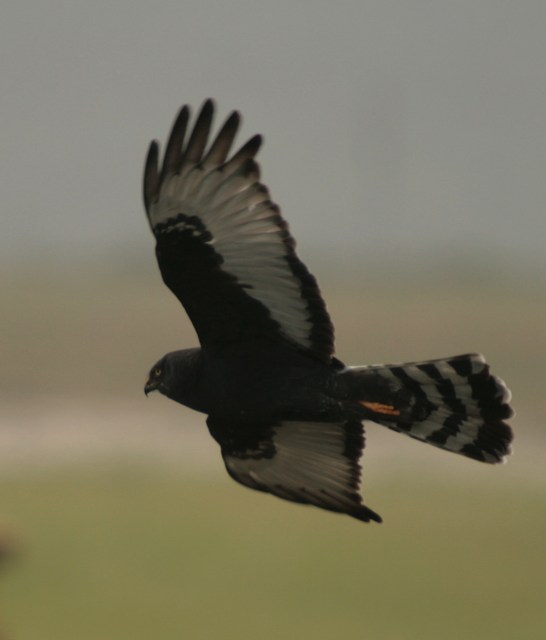Facts About Black harrier
The black harrier is a captivating medium-sized bird indigenous to Africa, specifically to South Africa, Botswana, and Namibia. With a wingspan spanning 105 to 115 cm and a body length of 44 to 50 cm, this bird is quite striking. While it appears entirely black when perched, its white rump and flight feathers become visible when it takes to the skies. It shares several physical characteristics with other harriers, such as a slender body, narrow wings, and a long tail. Both male and female black harriers exhibit similar plumage, but juveniles are distinctive with their buff underparts and heavily spotted breasts.
You will predominantly find black harriers along the western and southern coastal plains of South Africa. These birds are migratory, spreading across the southern half of South Africa and sometimes reaching Lesotho and beyond. They generally follow a west-to-east migration pattern, though individual birds may have unique routes. Their migration is believed to be influenced by changes in food availability.
In terms of diet, black harriers primarily prey on small mammals like the Four-striped Mouse, but they also hunt birds and occasionally reptiles. Their diet can vary depending on the region and local weather conditions. During the breeding season, they are most active in the Western Cape province of South Africa. They nest on the ground in tall vegetation, laying two to four eggs from June to November. These eggs undergo an incubation period of about 35 days.
Unfortunately, the black harrier faces significant challenges. Habitat loss due to urban development, agriculture, and invasive plant species has led to a population decline, with fewer than 1,000 birds remaining. Consequently, they are now considered endangered in South Africa, Lesotho, and Namibia. Pollution, particularly from heavy metals and persistent organic pollutants, poses additional threats to their health and reproductive success. These pollutants can affect the carotenoid-based coloration in nestlings, which is crucial for their communication and social interactions.

 South Africa
South Africa